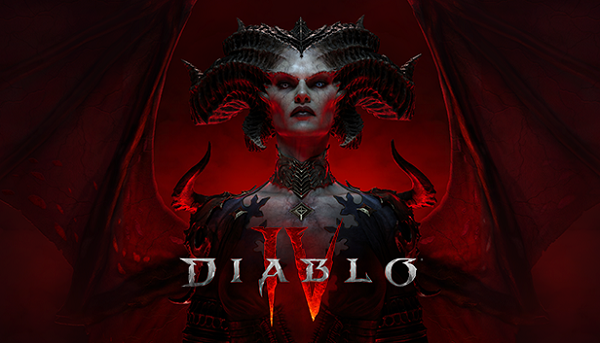Advertisement
Popular Now
Thrive: Heavy Lies The Crown is a medieval fantasy city-builder developed by Zugalu Entertainment and published by PlaySide, launched into full 1.0 release on June 18, 2025. Combining resource management, real-time strategy (RTS) combat, and narrative-driven decision-making, the game challenges players to lead a fledgling kingdom in the mysterious land of Nysamor. While praised for its blend of genres and ambitious scope, the game has faced criticism for certain mechanics that disrupt the player experience. One issue stands out as particularly contentious: the happiness system. This system, designed to reflect the morale and satisfaction of citizens, often feels unpredictable, overly punitive, and difficult to manage, leading to frustration for many players. This article delves deeply into the happiness system’s flaws, tracing its evolution through Early Access, analyzing its mechanics, and exploring its impact on gameplay, with a focus on specific challenges and potential improvements.
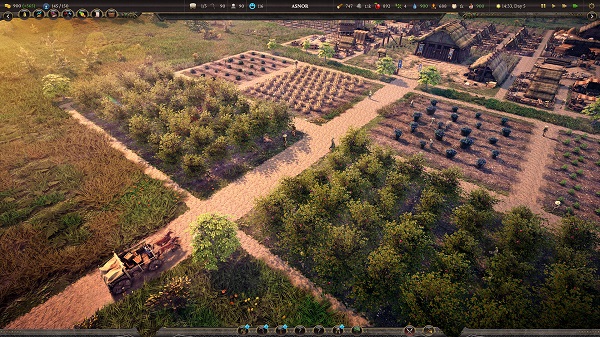
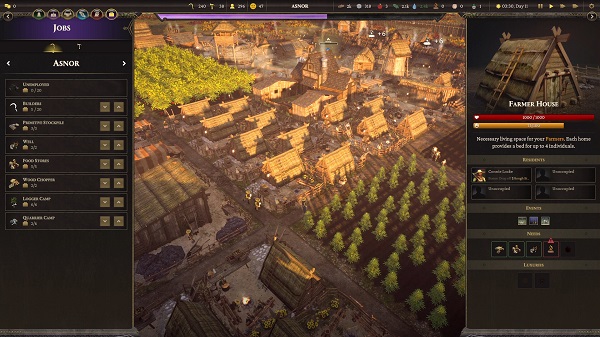
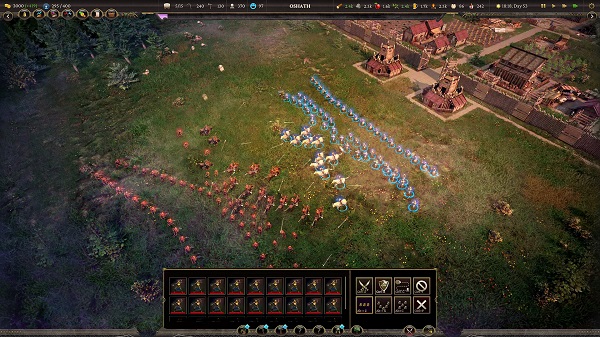
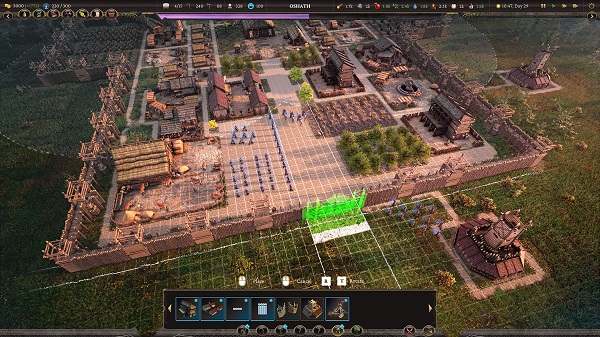
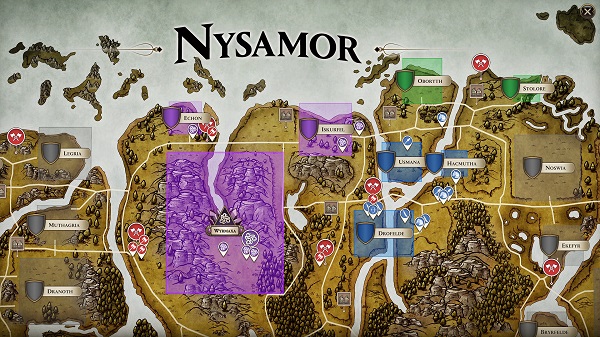
The Genesis of the Happiness System in Early Access

Initial Design Intent
When Thrive: Heavy Lies The Crown entered Early Access in November 2024, the happiness system was introduced as a core mechanic to simulate the well-being of citizens. The developers aimed to create a dynamic ecosystem where player choices—ranging from resource allocation to edict enforcement—directly influenced citizen morale. Happiness was tied to tangible needs like food, water, firewood, and housing quality, with the promise of deeper layers, such as luxury goods and cultural buildings, to be added later. The system was meant to reward strategic planning while punishing neglect, adding a layer of realism to the city-building experience.Early Feedback and Red Flags
However, early playtests revealed issues. Players reported that happiness fluctuated wildly, often dropping to critical levels without clear causation. For example, a Steam Community post from December 2023 highlighted a bug where citizens refused to move into homes until specific needs (like firewood or well access) were met, even if the house was otherwise functional. This design choice felt counterintuitive, as citizens prioritized abstract demands over basic shelter, leading to early-game revolts. The system’s opacity—lacking clear indicators for why happiness plummeted—frustrated players, setting the stage for ongoing concerns.The Happiness Tiers: A Flawed Progression
Tiered Needs and Micromanagement
The happiness system operates on a tiered structure, where citizens’ demands escalate as the population grows. At 20 citizens, basic needs like food and water suffice; at 40, they require firewood and better housing; at 60, luxury goods like cider become essential. While this progression aims to simulate societal evolution, it often feels like a treadmill of micromanagement. A November 2024 review noted that the tiers are “too close together,” forcing players to scramble for resources before stabilizing lower-tier needs. This rapid escalation punishes players who haven’t mastered the game’s complex supply chains.Lack of Flexibility
Compounding the issue is the system’s rigidity. Citizens’ needs are non-negotiable, and failing to meet them triggers immediate happiness penalties. For instance, if a single resource like apples runs low, happiness can plummet across the entire settlement, even if other needs are met. This all-or-nothing approach contrasts with games like Frostpunk 2, where players can mitigate discontent through alternative policies. The lack of flexibility makes the system feel less like a strategic challenge and more like a constant firefight, especially in larger settlements.The Happiness Feedback Loop: Cause and Effect Mismatch

Opaque Mechanics
One of the happiness system’s most criticized aspects is its lack of transparency. Players often struggle to pinpoint why happiness drops, as the game provides minimal feedback. A March 2025 Steam discussion reported that happiness checks occur at fixed times (e.g., 18:00 in-game), but new buildings completed just after these checks start at zero happiness until the next cycle, triggering unwarranted revolts. This disconnect between player actions and outcomes erodes trust in the system.The Revolt Spiral
Low happiness triggers revolts, which further reduce productivity, exacerbating resource shortages and deepening the happiness deficit. This feedback loop can spiral out of control, especially in multiplayer, where coordinating resources is harder. A player recounted a six-hour multiplayer session where, despite maxed-out cider production, happiness still dropped due to distribution issues, leading to a near-rebellion. The system’s failure to communicate distribution bottlenecks or allow manual interventions (e.g., prioritizing resource delivery) amplifies frustration.Resource Distribution: The Hidden Culprit
Supply Chain Bottlenecks
The happiness system’s woes are closely tied to the game’s resource distribution mechanics. Each building has an “area of influence,” determining where resources like food or water can be accessed. However, these areas are often too small, requiring players to build redundant structures (e.g., multiple granaries) to ensure coverage. A November 2024 review likened this to “needing a granary every three feet,” highlighting the absurdity of citizens refusing to walk slightly farther for resources. This micromanagement bogs down gameplay, especially in sprawling settlements.Worker Allocation Issues
Resource distribution also suffers from inflexible worker allocation. Buildings like wells or farms require manual assignment of workers, but the game caps slots unpredictably. A player reported that after building a seventh well, the game refused to assign workers, showing “x/12” slots despite available labor. Such bugs, while patched in later updates, underscore the system’s fragility. Even when functional, the lack of global controls—like reducing workers across all farms simultaneously—forces players to tweak each building individually, further complicating happiness management.The Role of Edicts and Expertise

Temporary Buffs, Permanent Costs
Edicts and Expertise (the game’s policy and technology systems) offer ways to boost happiness but come with trade-offs. Edicts, like increasing food rations, provide temporary happiness buffs but drain resources or incur upkeep costs. Expertise choices, such as prioritizing luxury goods over military upgrades, lock players into permanent paths with downsides. A November 2024 review noted that these systems feel like “choosing between different ways to disappoint your citizens,” as the benefits rarely outweigh the costs in the long term.Missed Opportunities
The happiness system could benefit from more nuanced edicts, such as temporary exemptions from luxury needs during shortages or cultural events to boost morale. Games like Anno 1800 use festivals to offset discontent, offering a model Thrive could emulate. Instead, the current edicts feel like stopgaps, failing to address the system’s core issues of opacity and rigidity. This limits their utility in stabilizing happiness, especially during crises.Multiplayer Challenges: Happiness in Co-op
Shared Settlements, Shared Pain
In multiplayer, the happiness system becomes even more problematic. Up to four players can collaborate or compete, but shared settlements amplify the challenges of resource distribution and worker allocation. A November 2024 Steam post described a two-player game where war was declared despite paying tithes, likely due to happiness-related triggers misfiring. The inability to view full lobby rules as a non-host further complicates coordination, making happiness management a logistical nightmare.Competitive Imbalance
In competitive multiplayer, happiness disparities can create imbalances. A player with a stable happiness system can focus on military or trade, while one struggling with revolts is crippled. The system’s unpredictability—exacerbated by bugs like resources not registering—makes it hard to maintain parity, reducing the appeal of competitive play. This issue could deter players from engaging with one of Thrive’s most unique features.The Waelgrim: A Narrative Complication

Environmental Impact on Happiness
The Waelgrim, a mysterious entity that spawns environmental hazards like fog or fires, adds another layer to happiness management. While intended to create dynamic challenges, its effects often feel arbitrary. A December 2023 playtest review noted frequent fires that destroyed stockpiles, with citizens failing to respond, tanking happiness. The lack of manual control over fire response or Waelgrim mitigation (beyond binary event choices) makes these events feel like random punishments rather than strategic obstacles.Narrative vs. Mechanics
The Waelgrim’s narrative potential is intriguing, but its mechanical integration with happiness is underdeveloped. Choices to harness or resist the Waelgrim could influence citizen morale in nuanced ways, but currently, they trigger generic happiness penalties or bonuses. This disconnect between story and systems diminishes the Waelgrim’s impact, making it another source of frustration rather than a compelling challenge.Updates and Patches: Progress and Pitfalls
May 2025 Update
The May 2025 update introduced quality-of-life improvements, including memory optimization and fixes for bugs like caravans deploying underground. However, happiness-specific issues, like the well worker cap or distribution bottlenecks, persisted. The update also added difficulty settings, which indirectly helped by allowing players to reduce happiness penalties, but this felt like a bandage rather than a cure. The community appreciated the effort but called for more systemic changes.1.0 Launch and Remaining Issues
The 1.0 launch on June 18, 2025, brought Steam Achievements and the option to disable narrative dialogue, but happiness system critiques remained largely unaddressed. While visual overhauls and new buildings enhanced the game’s polish, the core mechanics of happiness—its tiers, feedback loops, and distribution issues—saw minimal refinement. A June 2025 post from the developers highlighted their collaboration with Unity, but happiness system improvements were conspicuously absent from the discussion.Community Feedback and Developer Response
Player Suggestions
The Thrive community has been vocal about the happiness system, offering constructive feedback on Steam and Discord. Suggestions include:- Global Worker Controls: Allow players to adjust worker slots across all buildings simultaneously.
- Production Limits: Enable buildings to pause when stores are full, freeing workers for other tasks.
- Delayed Happiness Checks: Give new buildings a grace period before happiness penalties apply.
- Clearer Feedback: Add tooltips or logs explaining happiness drops. These ideas reflect a desire for more control and transparency, aligning with best practices in games like Cities: Skylines.
Developer Engagement
Zugalu Entertainment has actively engaged with the community, encouraging feedback via Discord and responding to Steam posts. A November 2023 response to a building placement bug showed their willingness to investigate issues, but the happiness system’s complexity seems to have slowed progress. The developers’ focus on visual and performance upgrades in 1.0 suggests a prioritization of polish over systemic fixes, leaving some players cautiously optimistic but frustrated.Looking Forward: Potential Solutions













